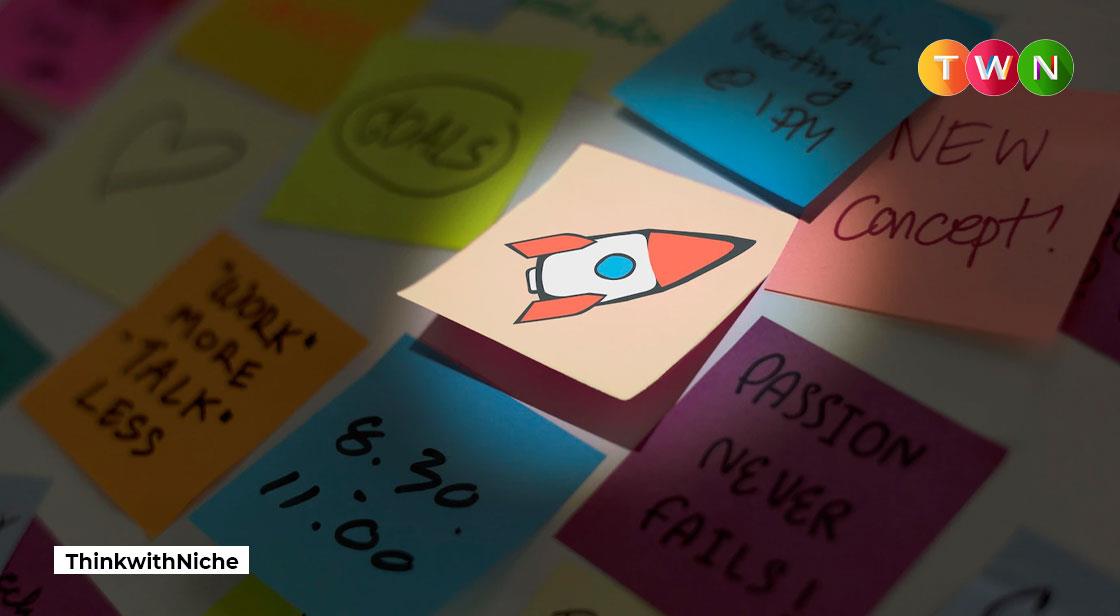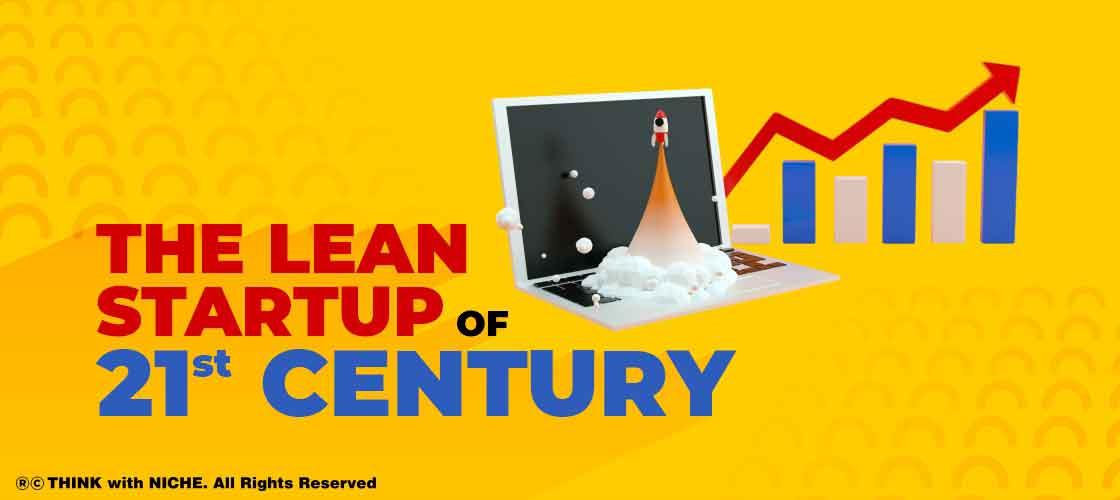How to Choose Processes in a Lean Startup?

Blog Post
The Lean Startup Methodology has begun to supplant traditional business model canvases for businesses in recent years. The Principles of Lean Startup are similar to those of Design Thinking and Continuous Improvement, but they are applied to startups. #TWN
The Lean Startup Methodology is a scientific way to start a business that uses the "Build Measure Learn" cycle to guide and expedite product development. Eric Ries, a Silicon Valley entrepreneur, coined the phrase "lean startup." He defined it as "a group of individuals organized to develop a new product or service under very uncertain circumstances" in his 2011 book The Lean Startup. The concept is based on the primary distinction between startups and established businesses: innovation rather than a well-known business plan. Resources are conserved by employing them to gain confirmation for the core idea, thanks to so-called lean management. Finding a business model is the first step in the Lean Startup process. They test, revise, and reject theories regularly, collect user input, and swiftly evolve their products. This technique lowers the chances that companies would squander time and money bringing items to market that no one will pay for.
Five Principles of the Lean Startup Methodology
Here are the principles of the lean startup:
Entrepreneurs are everywhere- It makes no difference if you operate from your bedroom, garage, or dedicated office space. And it doesn't matter how big or little your company is. If you want to save time and money, and the lean startup technique sounds like it might be right for you, then go for it.
Innovation accounting-To build a long-term business, entrepreneurs must be able to objectively track progress, set milestones, prioritize tasks, and make the best decisions possible based on the facts.
The validated learning-The goal of lean startups is to create a long-term business model based on proven learning. It entails carrying out the aforementioned trials, analyzing the results, and basing all future decisions on the information gathered.
Entrepreneurship is management-Startups, like any other business, require management, even if it does not appear to be typical management. It means that processes will be less structured and protocol-driven than they would be in a corporation with a well-established business strategy. Managers should be able to react in risky situations, manage investors, and allow employees to experiment as long as the risks are deemed acceptable.
Build, measure, learn- The "create, measure, learn" loop allows for verified learning by using the well-known minimal viable product (MVP) as the basis for the trials. As a result, it's an essential tenet of the lean startup technique. Let's dissect this loop.
As we've seen, the lean startup process allows entrepreneurs to make decisions based on facts rather than preconceptions, enhancing their chances of developing a long-term firm. In practice, this is accomplished by soliciting client input. It could be the most important aspect of the process. By paying attention to their input, the entrepreneur can reduce the danger of creating a useless product while also saving time and money.
It all starts with a notion or a hypothesis based on assumptions from the entrepreneur. After that, it's time to:
1. Create a minimal viable product and distribute it to customers.
2. Customers evaluate the goods and provide feedback to the business owner.
3. The entrepreneur analyses the data and converts it into knowledge.
4. They use this information to learn about the demands of the customers and determine if a feature is useful or should be updated or removed entirely.
Then it's time to add more features and continue the process. This method helps the entrepreneur save time and money. They already know it works, have loyal consumers, and are ready to scale when the product is finished. Entrepreneurs, on the other hand, must be aware of their ego as one of the most significant potential roadblocks to success. As a human, it's easy to become distracted by criticisms of something you've created. Nonetheless, you must remain emotionally detached during this process and make decisions based on cold, hard evidence.
What is an MVP?
The Minimum Viable Product (MVP) is a product with the bare minimum of features and incredibly simple execution of a single concept. The goal is to match consumer needs with the least amount of effort possible while also gathering input from test customers. The feedback allows the company to find out what works, what doesn't, and which route it should go in.
The Build-Measure-Learn Feedback Loop
Entrepreneurs that follow the Lean Startup process are urged to challenge everything from their initial concept to their design selections to any additional features they wish to include. Ries suggests testing the MVP with a small set of clients to see what changes need to be made. The underlying concept is that emerging businesses should "create, measure, learn," and repeat the process until their MVP can be transformed into a viable business plan. In search of a great product, creators frequently migrate from one idea, market, or niche to the next. The lean startup strategy is around coming up with structured ideas and then finding innovative ways to test them. It's also shown to be an excellent approach to innovate when you're short on cash.
Build-Measure-Learn is a research-intensive method that can be emotionally draining because developers must be willing to not just release their products before they're "ready," but also to absorb and implement feedback. The lean startup process, when done effectively, can result in a company that fits the demands of its consumers, is sustainable, and has its business purpose proven before the founder ever starts searching for finance. Dropbox is cited on Ries' website as a prime example of a major company that has found success with the strategy. The purpose of Build-Measure-Learn is to maximize learning through incremental and iterative development rather than building a finished product to ship or developing a beta version of a product. (This could include learning about product characteristics, client needs, pricing, and distribution channels, among other things.)
The design of an MVP is referred to as the "build" process. It's critical to realize that an MVP isn't a product with fewer features. Rather, it's the simplest thing you can display clients at that point to get the maximum learning effect.
4 Steps to Lean Startup
The following points can be summarised as part of the Build-Measure-Learn loop:
Step 1: Create a formal hypothesis and plan your experiment.
Step 2: Create and test a Minimum Viable Product.
Step 3: Evaluate the results to see if the product has commercial potential.
Step 4: Take what you've learned and determine if you want to keep going or change directions.
Conclusion
The goal of lean start-up approaches was to establish fast-growing tech companies. However, I believe the notions are equally applicable to the creation of Main Street small companies, which account for the majority of the economy. If every small business adopted them, I believe it would boost growth and efficiency, as well as have a direct and immediate impact on GDP and jobs.
If you liked reading this article, we have two more for you. Click on the link below to explore!
Assemble Your Own Lean Startup Team

The Lean Startup of 21st Century

You May Like
EDITOR’S CHOICE












